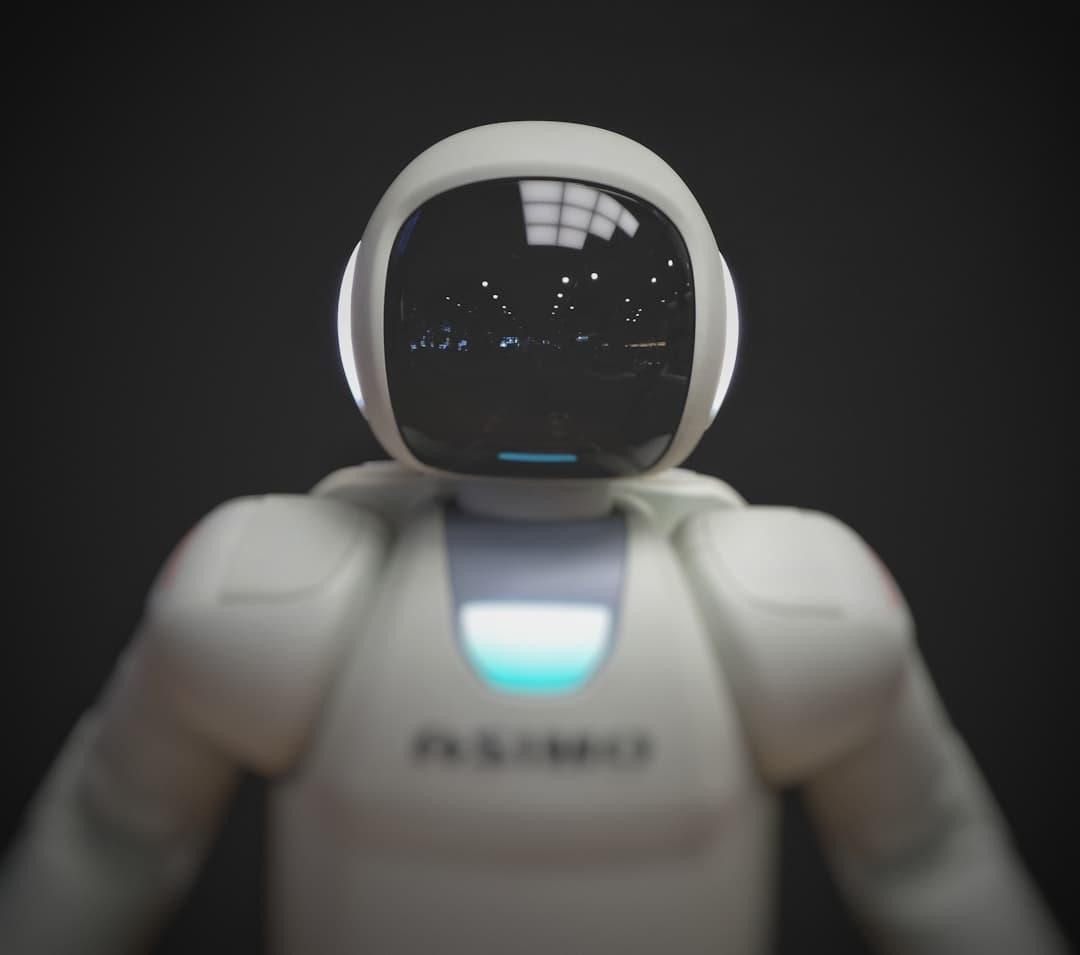TensorFlow is an open-source machine learning library developed by Google Brain. Initially created for research and model development, it has become widely adopted due to its versatility and user-friendly nature. TensorFlow excels in handling large-scale machine learning tasks and finds applications across various industries, including healthcare, finance, and technology.
The library’s architecture is based on data flow graphs, where nodes represent mathematical operations and edges represent multidimensional data arrays (tensors). This structure enables efficient parallel computation and facilitates the deployment of machine learning models across diverse platforms. TensorFlow supports a broad spectrum of applications, ranging from basic linear regression to sophisticated deep learning models.
It offers a comprehensive ecosystem comprising tools, libraries, and community resources, simplifying the process of building and deploying machine learning applications for developers. The library’s flexible architecture and extensive documentation have contributed to its popularity among machine learning practitioners and researchers, making it a preferred choice in the field.
Key Takeaways
- TensorFlow is an open-source machine learning framework developed by Google for building and training neural networks.
- TensorFlow plays a crucial role in advancing AI by providing a powerful platform for developing and deploying machine learning models.
- Getting started with TensorFlow involves installing the framework, understanding its basic components, and learning how to use its libraries for data manipulation and model building.
- Understanding the basics of TensorFlow includes grasping concepts such as tensors, operations, variables, and sessions, which form the foundation of the framework.
- TensorFlow is widely used in building and training neural networks for various applications, including image and speech recognition, natural language processing, and recommendation systems.
The Importance of TensorFlow in AI
Flexibility and Scalability
Its flexibility and scalability make it suitable for a wide range of AI applications, including natural language processing, image recognition, and reinforcement learning. TensorFlow’s support for distributed computing also makes it ideal for training large-scale neural networks on clusters of GPUs or TPUs.
Integration with Other Libraries
In addition, TensorFlow’s integration with other popular libraries such as Keras and TensorFlow.js makes it easy to build end-to-end machine learning pipelines and deploy models in production environments.
Widespread Adoption
This has led to the widespread adoption of TensorFlow in industries such as healthcare, finance, and autonomous vehicles, where AI-powered solutions are revolutionizing the way we work and live.
Getting Started with TensorFlow

Getting started with TensorFlow is relatively easy, thanks to its extensive documentation and community support. The first step is to install TensorFlow using pip, the Python package manager. Once installed, developers can start building machine learning models using TensorFlow’s high-level APIs such as Keras, which provides a user-friendly interface for building and training neural networks.
For those new to machine learning, TensorFlow also offers a series of tutorials and hands-on exercises that cover the basics of building and training machine learning models. These resources provide a step-by-step guide to understanding the core concepts of TensorFlow and applying them to real-world problems. Additionally, TensorFlow’s official website offers a wealth of resources, including documentation, code samples, and community forums where developers can seek help and share their knowledge.
Understanding the Basics of TensorFlow
| Topic | Metrics |
|---|---|
| Introduction to TensorFlow | Number of lectures, duration |
| TensorFlow Basics | Number of concepts covered, practical exercises |
| TensorFlow Operations | Types of operations, examples |
| TensorFlow Graphs | Explanation, visualization |
| TensorFlow Sessions | Usage, benefits |
At its core, TensorFlow revolves around the concept of tensors, which are multidimensional arrays used to represent data in a machine learning model. Tensors can be constants, variables, or placeholders, and they form the building blocks of a data flow graph. Operations in TensorFlow are represented as nodes in the graph, with tensors flowing between them to perform mathematical computations.
TensorFlow also provides a range of built-in functions for common machine learning tasks such as linear regression, classification, and clustering. These functions can be combined to create complex neural network architectures that can learn from data and make predictions. Additionally, TensorFlow’s automatic differentiation capabilities make it easy to optimize model parameters using gradient descent and other optimization algorithms.
TensorFlow and Neural Networks
Neural networks are at the heart of many modern machine learning applications, and TensorFlow provides a powerful framework for building and training them. With its high-level Keras API, developers can easily create different types of neural network architectures, including convolutional neural networks (CNNs) for image recognition, recurrent neural networks (RNNs) for sequence modeling, and deep neural networks (DNNs) for complex pattern recognition tasks. TensorFlow’s support for distributed computing also makes it possible to train large-scale neural networks on clusters of GPUs or TPUs, significantly reducing training times for complex models.
This has enabled the development of state-of-the-art AI applications in areas such as computer vision, natural language processing, and reinforcement learning.
Practical Applications of TensorFlow in AI

TensorFlow has been widely adopted in various industries for its ability to power AI applications that solve real-world problems. In healthcare, TensorFlow is used for medical image analysis, disease diagnosis, and drug discovery. Its ability to process large volumes of medical data and extract meaningful insights has revolutionized the way healthcare professionals diagnose and treat patients.
In finance, TensorFlow is used for fraud detection, risk assessment, and algorithmic trading. Its ability to analyze large datasets and detect patterns in financial transactions has helped financial institutions mitigate risks and improve decision-making processes. In autonomous vehicles, TensorFlow is used for object detection, path planning, and decision-making.
Its ability to process sensor data in real-time and make split-second decisions has made autonomous vehicles safer and more reliable.
Resources for Learning TensorFlow
For those looking to learn TensorFlow, there are numerous resources available to help developers get started with the library. The official TensorFlow website offers a wide range of tutorials, documentation, and code samples that cover everything from the basics of building machine learning models to advanced topics such as distributed training and model deployment. In addition to the official resources, there are also many online courses and tutorials available on platforms such as Coursera, Udemy, and YouTube that provide a comprehensive introduction to TensorFlow and its applications in AI.
These resources cover a wide range of topics, including Deep Learning, computer vision, natural language processing, and reinforcement learning. Furthermore, the TensorFlow community is active on forums such as Stack Overflow and Reddit, where developers can ask questions, share their knowledge, and collaborate on open-source projects. This vibrant community provides a wealth of resources for developers looking to learn TensorFlow and stay up-to-date with the latest developments in the field of AI and machine learning.
If you’re interested in learning more about the economic and social impacts of the metaverse, you should check out the article “Metaverse and the Real World: Economic and Social Impacts” on Metaversum’s website. This article delves into the potential effects of the metaverse on our daily lives and the global economy, providing valuable insights into this emerging technology.
FAQs
What is TensorFlow?
TensorFlow is an open-source machine learning framework developed by the Google Brain team. It is designed to facilitate the development and deployment of machine learning models, particularly for deep learning tasks.
What can TensorFlow be used for?
TensorFlow can be used for a wide range of machine learning tasks, including but not limited to image recognition, natural language processing, and reinforcement learning. It is also commonly used for building and training neural networks.
How does TensorFlow work?
TensorFlow works by creating a computational graph that defines the mathematical operations and connections between data points. This graph is then executed within a TensorFlow session, allowing for efficient and scalable computation.
What programming languages can be used with TensorFlow?
TensorFlow primarily supports Python for its high-level API, but it also provides support for C++ and other languages through its low-level API.
Is TensorFlow free to use?
Yes, TensorFlow is an open-source framework and is free to use. It is distributed under the Apache License 2.0, allowing for both personal and commercial use.
What are some popular applications of TensorFlow?
Some popular applications of TensorFlow include image recognition in healthcare, natural language processing in chatbots, and recommendation systems in e-commerce. It is also widely used in research and academia for various machine learning experiments.











Leave a Reply